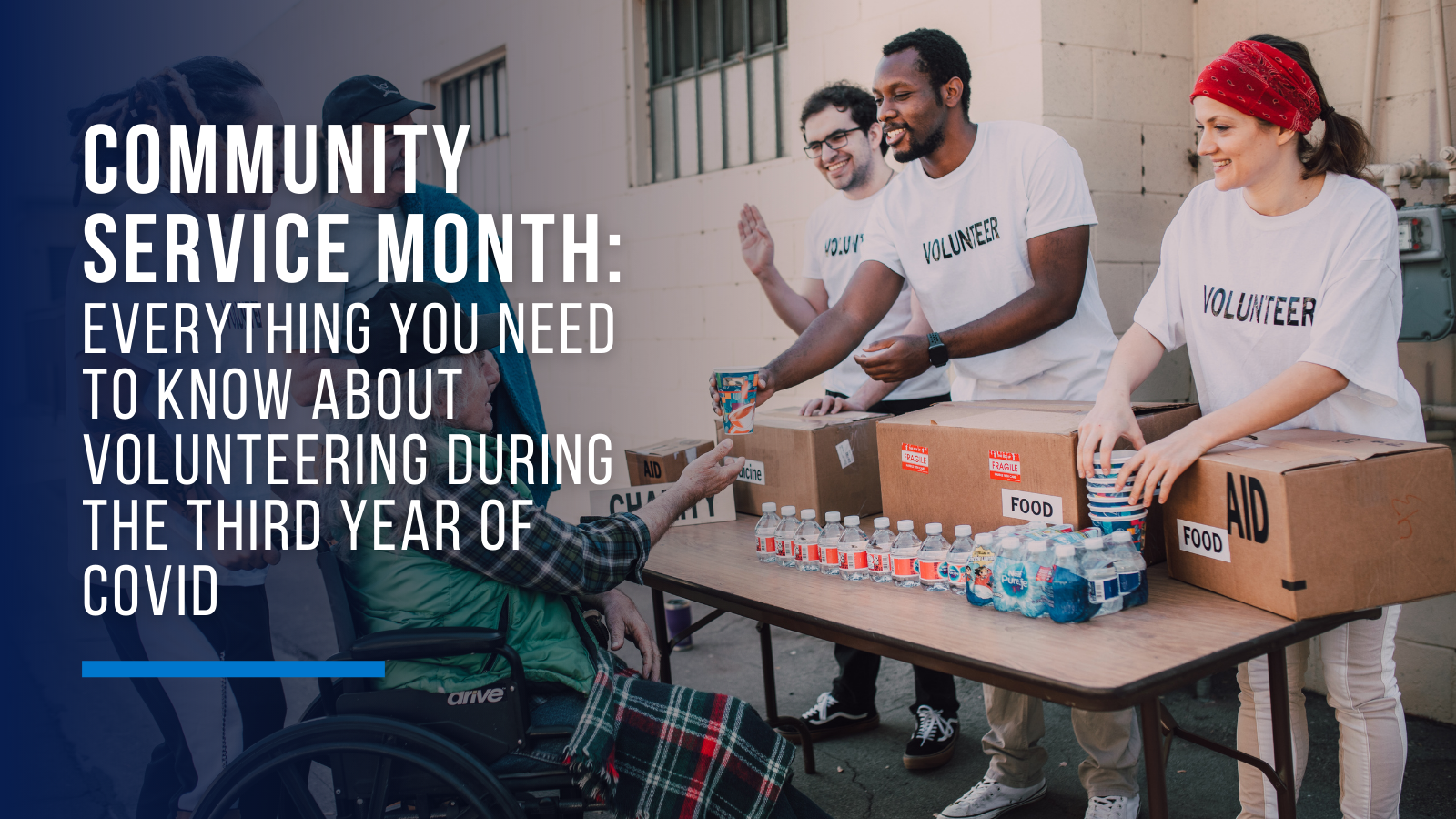Everything You Need to Know About Volunteering During the Third Year of COVID
Submitted by Neville Associates on March 31st, 2022
The COVID-19 pandemic affected businesses and schools, as well as non-profits. Not only have non-profit organizations felt the sting in terms of donations, but they have also suffered from a dip in volunteers as shutdowns and safety protocols have cut down the ability for volunteers to continue their work. While the wish for the pandemic to end quickly has waned as the planet is now into the third year of the pandemic, more control, better prevention options, and treatments have made it easier for volunteers to perform their much-needed work. Even so, it is wise to understand what to expect when volunteering in this year of the pandemic.
Virtual Volunteering Is Still an Option
Many non-profits still offer virtual forms of volunteer work. You may be able to do several things for a non-profit without leaving the comfort of your home or being around large crowds. Some things you may wish to consider include administrative work, design work, online tutoring, mentoring, and fundraising. You also may consider using social media to gather donations for causes. This is the most recommended volunteer option for those who may be more vulnerable to the effects of COVID.1
Safety Precautions Are Still Required
Many countries have the pandemic under better control than three years ago. Since volunteering may require you to work with vulnerable populations, you still need to follow virus safety protocols. Depending on the type of volunteer work you choose, there could be many different protocols. You should expect most to require 6-10 feet of distancing when possible, proper PPE to be worn during volunteering, and screenings to be performed on a daily basis.1
You Should Stay Home With Any Symptoms
With the numerous coronavirus variations, almost all cold and respiratory symptoms may be possible COVID symptoms, even those that reflect a mild cold. Call in until you get a negative COVID test if you have any symptoms, have been exposed to someone with COVID, have traveled to a foreign country in the last 14 days, or have been on a cruise ship.1
Volunteer Work May Be Outdoors Whenever Possible
Since the virus is more likely to be transmitted indoors, you may find volunteer events and opportunities located outdoors whenever possible. This helps mitigate the size of crowds in a small space and also allows more air circulation, allowing the virus a chance to dissipate before spreading to others if present.2
Physical Contact May Still Be Limited
Even though volunteers may feel empathy with those they are aiding and wish to provide some encouragement through physical contact, such as through handshakes, hive-fives, and hugs, physical contact may be restricted. Although pandemic substitutes for physical contact such as elbow bumps may still be allowed, wash and sanitize after any possible contact to avoid spreading germs from one person to another.2
With the devastation that the pandemic has caused across the globe, volunteers are needed more than ever. Don't let fear prevent you from helping. With proper precautions and even virtual options, you may still be able to volunteer safely.
Footnotes:
1VOLUNTEER GUIDELINES DURING COVID-19, United Way, https://www.unitedwaylebco.org/volunteer-guidelines-during-covid-19
2VOLUNTEERING DURING COVID-19, Bridginghegap.org, https://bridgingthegap.org/volunteering-during-covid-19/
Sources
https://www.unitedwaylebco.org/volunteer-guidelines-during-covid-19
https://bridgingthegap.org/volunteering-during-covid-19/
Important Disclosures
The opinions voiced in this material are for general information only and are not intended to provide specific advice or recommendations for any individual.
All information is believed to be from reliable sources; however LPL Financial makes no representation as to its completeness or accuracy.
This article was prepared by WriterAccess.
LPL Tracking #1-05244868

